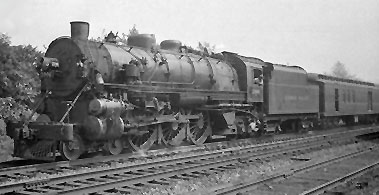![]()
What you must do in this unit
- Read chapter 19 in the textbook.
- Read my notes on the Industrial Revolution and watch the short video on the Industrial Revolution.
- Check out Professor Campbell's video, Was The Industrial Revolution B.S.?
- Study the Questions to Consider and the Key Terms for the week.
What you can do in this unit
- Listen to some further information about this unit as a mp3 file. You can also read the information as a txt file.
Some videos that you can watch for this unit
- Industrial Revolution
- The English Industrial Revolution I
- Industrial Revolution: Spinning Mills
- Industrial Revolution Lowell Mills
- Coal, Steam, and The Industrial Revolution: Crash Course World History
- John Merriman - Yale, Industrial Revolutions
- Courbet's Burial at Ornans
- For extra credit please suggest to your instructor a relevant video for this unit of the course. Send the title of the video, the URL and a brief explanation of why you find the video interesting and applicable to the material that is being studied in this unit.
Extra Credit Options
- For up to 50 points of extra credit, read Charles Dickens, Hard Times, and submit the Dickens paper.
- For up to 25 points of extra credit, read Emile Zola's Germinal (free at www.ibiblio.org/eldritch/ez/germinal.html, but the book version is better) and explain how his conception of the Industrial Revolution differed from that of Dickens. (Consider watching the 1993 movie version also.)
- For up to 10 points of extra credit, read Factory Reformers and Child Labour 1750-1900, particularly the section on "Life in the Factory," and write a long paragraph in which you examine the motives of the factory reformers.
- For up to 10 points of extra credit, read the selections of Women Miners in the English Coal Pits (1842) and write a long paragraph in which you comment upon the costs of the Industrial Revolution. Please be sure to include quoted material.
- For up to 5 points of extra credit, answer the Dickens study sheet questions.
- For extra credit, please suggest a relevant website for this unit of the course. Send your instructor the title of the site, the URL and a brief explanation why you find the information interesting and applicable to the material being studied this unit.
Unit Learning Objectives
- Upon successful completion of this unit, you will be able to (1) identify some of the key inventions during the Industrial Revolution, (2) assess the causes and effects of industrialization in the western world and (3) analyze a historical source.
